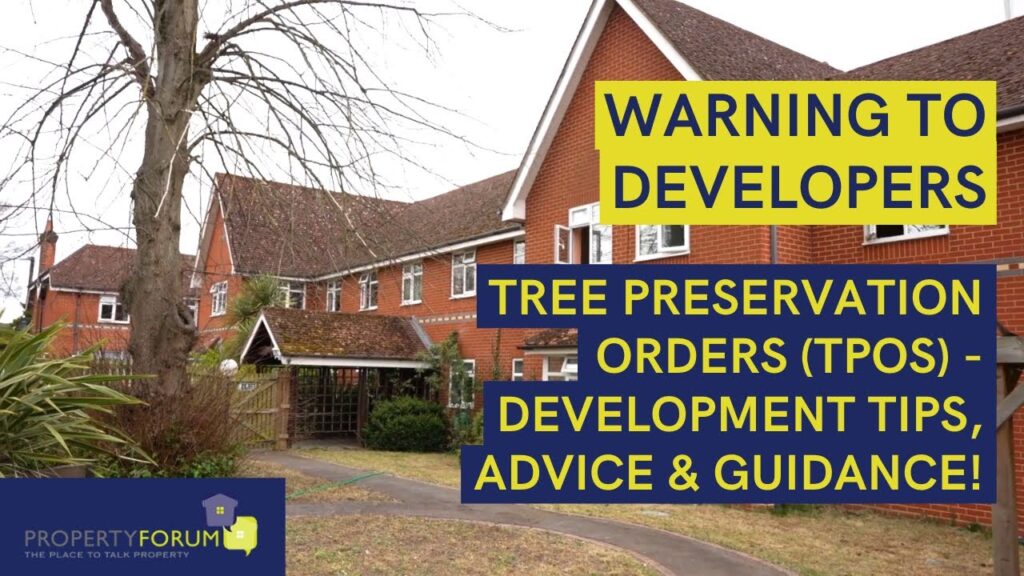
During large scale developments such as commercial-to-residential or care home to residential conversions, it is always important to do your due diligence. Checking in with the local planning authority (LPA) on restrictions, for example, is essential in knowing what you can and cannot achieve. One such thing to keep in mind especially is Tree Preservation Orders (TPOs).
TPOs are designed to protect specific trees, groups of trees or woodlands in the interests of amenity. According to the government, the order prevents the cutting down, topping, lopping, uprooting, wilful damage and wilful destruction of trees without the LPA’s written consent. Even if permission is granted, the LPA can insert conditions that you will have to follow.
In the case of my most recent care home to residential conversion in Hampshire, there are trees scattered across the site. If, for instance, we wanted to remove these, we would need to speak with the LPA to see if they have TPOs in place. Most likely, these trees will have them since they are fairly large and old. As part of our due diligence, we have had to consider this aspect when thinking ahead to parking. Check the video out here.
Top Tip: Plan with trees in mind. Unless it is absolutely necessary for you to remove the tree, attempt to build around it, a tree can be a significant drawing factor for a property due to its natural beauty. Doing this can save you money, time and effort as well as potentially being beneficial.
Getting the right experts on board who can help in this department is vital. Those who can help identify the TPOs and work with the LPA to find a solution can decide how the property turns out. Acquiring the services of an arboricultural consultant early doors will help smoothen out the process nicely. They can act as agents on your behalf, submitting a formal application to the LPA, and advise you on what works are likely to be permitted. They can help negotiate and find realistic outcomes to the problem that suits all parties involved.
If we needed to gain permission for tree-works, but the LPA decides to deny it, what do we do? In this case, we would have a right to appeal to the Secretary of State. This is where the consultants come into play. They will be able to advise if we have a reasonable case for appeal and can represent us. As there are only 28 days to appeal, we would need to develop an argument that is good enough to hold up.
If the LPA makes a provisional TPO after visiting the site, you can still make an objection. Again, your arboricultural consultants will be of use. They can use their extensive knowledge of the procedures the LPA is required to follow to back your argument up. Without them, you will be at a disadvantage as you will not know the legal processes surrounding TPOs.
Top Tip: Relocate trees to other areas of the site. It may be possible that the LPA agrees to relocate a tree instead. If you have space on the site where another can be planted, include this in your application. You will not be harming the environment, and your site will be better off.
Finally, just remember to be aware of the trees that are around you. Smaller, much younger trees should be okay to cut down and replace. But it is always important to do your due diligence and make sure you are not committing any offences. It will only add to the costs of the proceeding and waste valuable time and potential capital from completing the works.
For other tips and tricks, be sure to subscribe to my YouTube Channel for more great content! If you need support and advice with your very own conversion, visit my mentorship page today.